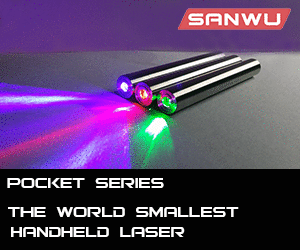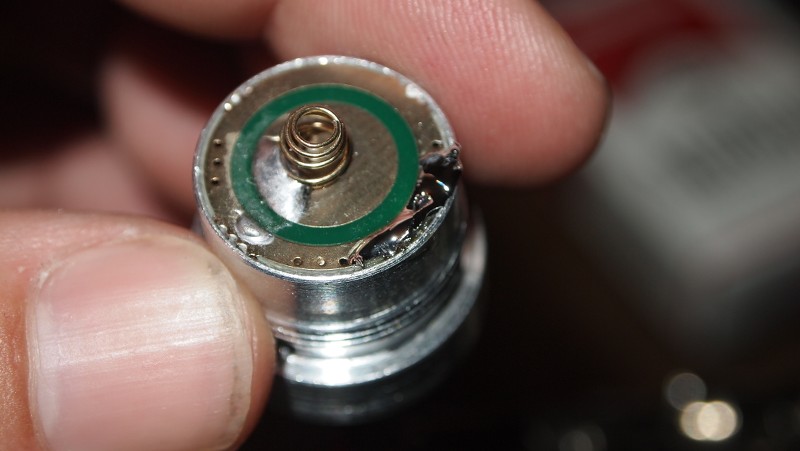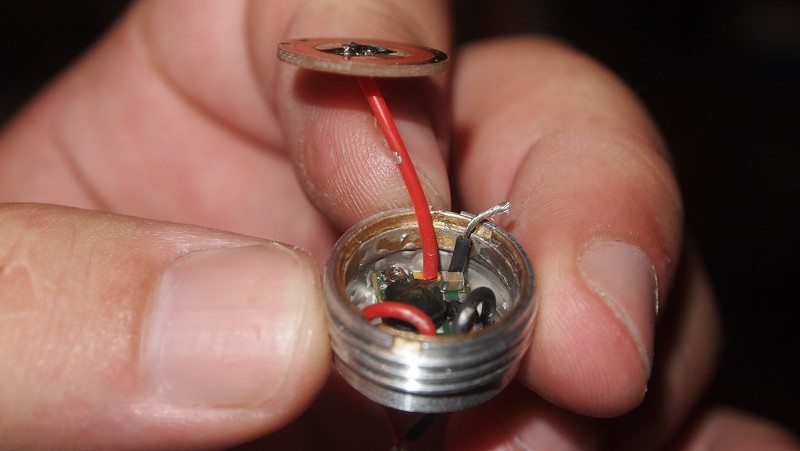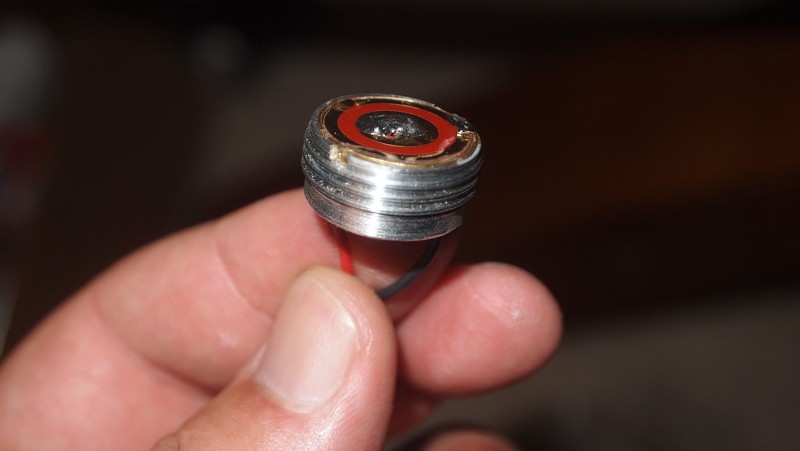I solder the edge of the board and nothing happened while I was trying to solder the ring to the board will it just won't connect to each other, so if it's loose it won't work, it has to be solder to the board?
If you think it might be the contact board is not making good ground contact via the ring which you can test several ways either via a dmm with a continuity test from the metal body of thee host and the negative wire going to the driver or if you don't have one you can always get creative and find something which you can use that path to complete a circuit.
If you think it is not getting a solid connection here is the method found to be the least problematic. If you see some of my build threads where using flashlight bodies at the host with that type of pill that seats a round driver or in this case a contact boar that is pressed in some with a brass ring I had originally on the earlier ones used the common suggestion of the solder blob to the brass ring or edge but I found that can be frustrating at times since soldering to brass could have issues if the solder and the brass or aluminum did not both get up to the proper temp to make a proper bonding. If you end up with a cold solder joint it can just break loose with any contortion like expansion/contraction from temp changes.
This one is an example of that method.
1W Mohrenberg Apollo Kit I am back with another great build. About a week ago Mohrenberg hit me up and said that he was going to be sending me one of his new kits for a review. I told him that I would be glad to do one and to send it on. Today I checked the mail and low and behold there was a...
laserpointerforums.com
Eventually I came up with going to the pinch technique. Where would run the negative wire directly between the edge of the board and the pill and then press the contact board in pinching the wire making a solid connection.
LIke this.
Compact 1.5W Stainless Steel RL-118 Host So in my never ending quest for some of the best made hosts I have come across another in the Ultrafire RL family of lights. This is the Stainless Steel RL-118 CR123A host. This unit is one of the most well constructed small pocket sized...
laserpointerforums.com

For the negative wire you just pinch it between the pill and the ring that presses in and use a pair of pliers or a vice to press it in.

Here is another example in this build thread.
1.5W Stainless Steel 14500 Ultrafire F22 Here is a sweet little host that I have been wanting to review here for a while. I have had this host for almost 3 months but have not had the time to put it together. It is a fairly compact 14500 stainless steel host with a very aggressive...
laserpointerforums.com
Next I strip the negative lead as it will be sandwiched between the contact board and the pill.
Then I press the driver board in and put a little thermal adhesive to seal the compartment.
I don't show it there but I also added to that by tinning the exposed wire to give it more strength from stress from pulling or twisting the lead also it is easier to make sure you don't have any stray strands floating about.

If that is good and the circuit is being broken somewhere else as Gary mentioned a few common issues like when using multiple Li-ions in series some have a recessed positive tab which you might need to get some of the little 2mm-3mm neodymium magnet discs to use a spacer. Another issue I have seen is some of the cells with protection can be much longer than normal. With a lot of tailcaps if there is too much pressure from the batteries and you have to screw down real hard it can actually contort the clicky enough to break the contacts that are supposed to be touching when the clicky is in the engaged position. Sometimes keeping the clicky from being pushed. You can try and unscrew the tailcap some and see if it comes on to rule that out.
Last think I have seen quite a bit when I was offering hosts which I had done a few times and had many customers do. If theres is a short in say the pill the clicky can melt internally and go bad. Usually seizing up but not always.









